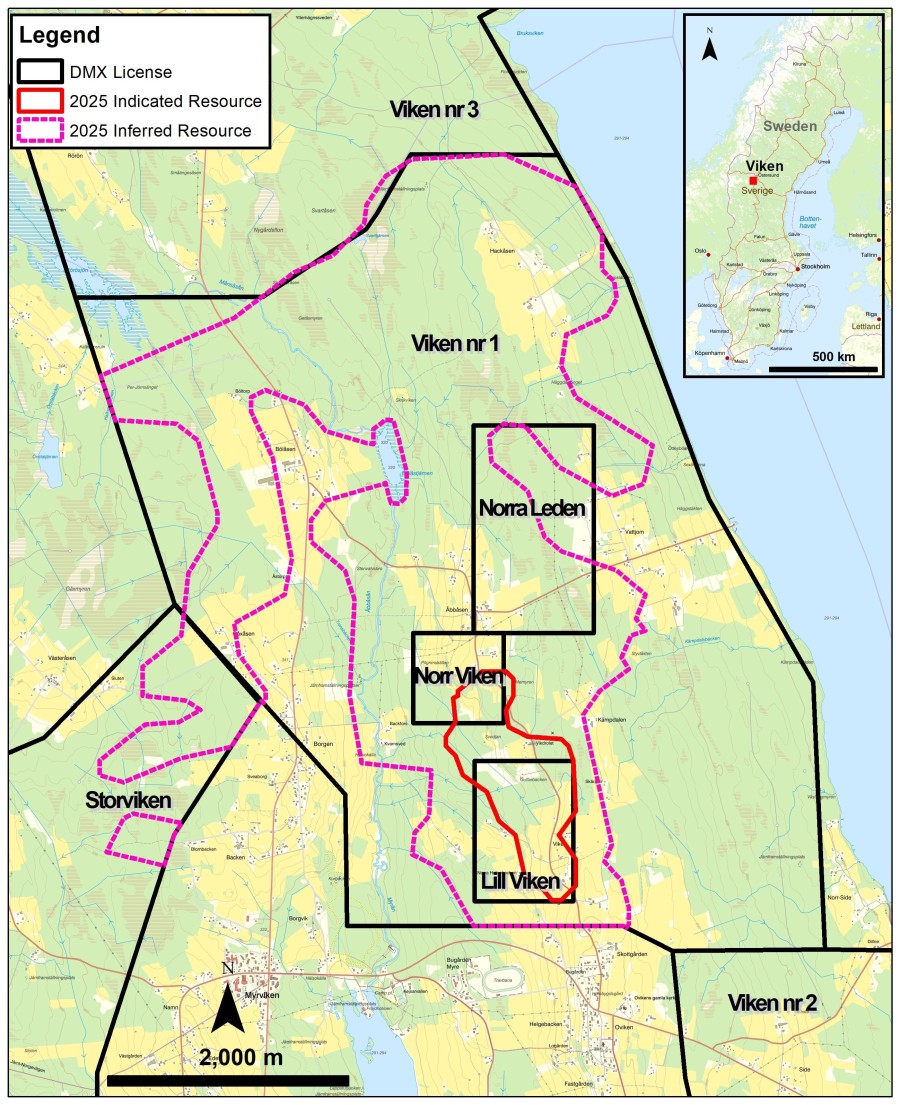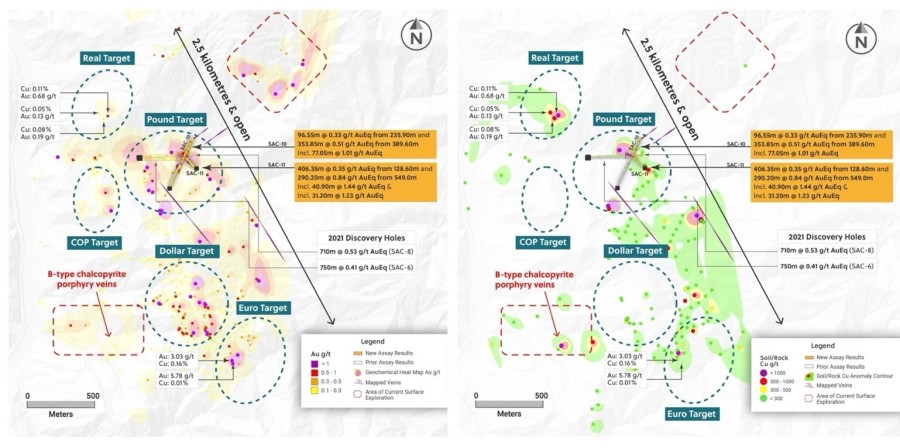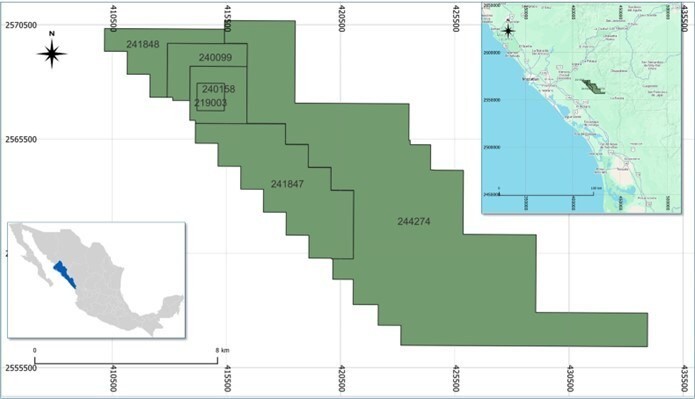TORONTO, ONTARIO--(Marketwired - Aug. 8, 2017) -
- High-grade, visible-gold mineralization intersected in Swan Zone up to 90 metres ("m") down plunge of recently released Mineral Reserve
- Key intercepts: 338 g/t Au over 33.6 m (Estimated True Width ("ETW") 4.6 m), 42.9 g/t Au over 49.5 m (ETW 3.6 m) and 11.4 g/t Au over 18.65 m (ETW 18.0 m)
- Continuity of mineralization of Swan Zone defined over strike extent of 300 m with vertical extent of 200 m.
Kirkland Lake Gold Ltd. ("Kirkland Lake Gold" or the "Company") (TSX:KL) (OTCQX:KLGDF) is pleased to report continued high-grade drill results at depth from underground drilling at Fosterville Mine in Australia. Underground definition drilling continues to infill and target down-plunge extensions of the Swan Zone of the Lower Phoenix gold system to increase Mineral Resource confidence and assess the potential of further Mineral Reserve expansion.
Recent drill results returned from six underground holes totaling 2,652 metres ("m") into existing Mineral Resources and extensions of the Swan Zone (previously referred to as the Lower Phoenix Footwall) of the Lower Phoenix gold system continue to return intervals of extremely high grades with visible gold. Continuity of high-grade visible gold mineralization in the Swan Zone has now been defined over a strike extent of 300 m and vertical extent of 200 m. Recent drilling confirms that high-grade visible-gold mineralization extends approximately 80 m laterally to the south and 40 m below Swan Mineral Reserves as reported in the July 27, 2017 Kirkland Lake Gold News Release.
Mr. Tony Makuch, President and CEO of Kirkland Lake Gold, commented: "Today's drill results continue to demonstrate both the continuity and growth potential of the high-grade Swan Zone within the Lower Phoenix gold system. The Swan Zone is the highest-grade area of the Fosterville mine, with a recently released Mineral Reserve including 532,000 ounces at an average grade of 58.8 g/t Au. Today's results include two intercepts that are located between 70 and 90 m down plunge of the current Swan Zone Mineral Reserve, with additional high-grade mineralization being intersected to the south and at depth of the Zone. The results we are seeing from the ongoing drilling program are increasing our confidence in the geological controls and continuity of grade within the Swan Zone. They are also supporting our view that the potential exists to significantly grow the Swan Zone Mineral Reserve, where the average grade is well in excess of Fosterville's overall underground Mineral Reserve, which includes 1,030,000 ounces at an average grade of 17.9 g/t Au.
"We intend to accelerate progressive step-out extension drilling on the Swan Zone of Lower Phoenix gold system during the second half of 2017, which remains open down plunge. Drilling will also continue to focus on the extensions of the Eagle and Lower Phoenix Zones in the Lower Phoenix gold system as well as on the Harrier gold system to potentially significantly expand Mineral Resources and Mineral Reserves at Fosterville."
Swan Mineralized Zone Underground Drilling Program
Results of the ongoing underground resource drilling program at the Swan Zone continue to demonstrate high-grade continuity down plunge. Key intercepts are listed below, with further details provided in the commentary that follows.
Key Intercepts:
- 338 g/t Au(1)(2) over 33.6 m, including 4,177 g/t Au(1)(2) over 0.95 m, 3,079 g/t Au(1)(2) over 0.65 m and 1,037 g/t Au (1)(2) over 3.55 m in hole UDH2081A;
- 42.9 g/t Au(1) over 49.5 m, including 1,856 g/t Au(1) over 0.6 m in hole UDH2084D; and
- 11.4 g/t Au(1) over 18.65 m, including 42.1 g/t Au(1) over 3.65 m in hole UDE138
Since the May 3, 2017 Kirkland Lake Gold News Release, underground diamond drilling has continued to focus on multiple targets, including further testing of the Swan mineralized zone. Reported drill results are from six holes (2,652 m), of which five have significant intercepts.
Drill Hole UDH2081A is located within the Swan Inferred Mineral Resource approximately 70 m down plunge of the Swan Mineral Reserve. The drill hole is oriented sub-parallel to the Swan dip surface and returned a significant intercept of 338 g/t Au(1)(2) over 33.6 m (ETW 4.6 m), including 4,177 g/t Au(1)(2) over 0.95 m (ETW 0.1 m), 3,079 g/t Au(1)(2) over 0.65 m (ETW 0.1 m), 1,037 g/t Au(1)(2) over 3.55 m (ETW 0.5 m) and 714 g/t Au(1)(2) over 1.85 m (ETW 0.3 m).
The drill intercepts for holes UDE138 and UDH2084D occur on 6350mN and 6325mN, respectively, and are 80-90 m down plunge from the Swan Mineral Reserve. Significant results of 11.4 g/t Au(1) over 18.65 m (ETW 18.0 m), including 42.1 g/t Au(1) over 3.65 m (ETW 3.5 m) are reported in hole UDE138.
Drill hole UDH2084D is oriented sub-parallel to the Swan dip surface and returned 42.9 g/t Au(1) over 49.5 m (ETW 3.6 m), including 244 g/t Au(1) over 6.25 m (ETW 0.5 m), 1,856 g/t Au(1) over 0.6 m (ETW 0.04 m) and 618 g/t Au(1) over 0.5 m (ETW 0.04 m).
The results for the above three holes confirm that the approximate 40° west-dipping Swan Zone is continuously mineralized southwards down plunge, where high grades exist and are associated with observed disseminated visible gold in quartz.
Drill holes UDE136 and UDE145 were recently drilled and returned intercepts that fall between 4090mRL and 4070mRLs and have the potential to support approximately 30 m of Mineral Reserve extension at these elevations. Significant results for these holes comprise 7.1 g/t Au over 13.8 m (ETW 12.3 m), including 25.4 g/t Au over 2.85 m (ETW 2.3 m), in hole UDE136 and 7.1 g/t Au(1) over 8.15 m (ETW 7.9 m), including 16.6 g/t Au(1) over 1.45 m (ETW 1.4 m) in hole UDE145.
(1) Visible gold present in drill intercept; All drill results are presented in Table 1, and drill collars in Table 2
(2) Results included in June 30, 2017 Mineral Resources and Mineral Reserves update
Figure 1. Longitudinal View – Fosterville Gold Mine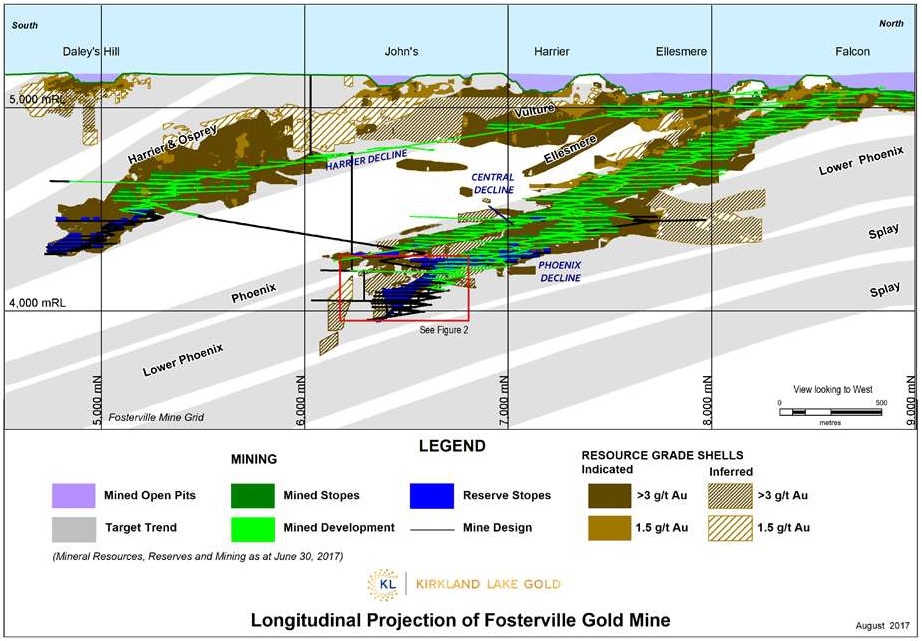
Figure 2. Longitudinal View – Swan Mineralization at Fosterville Gold Mine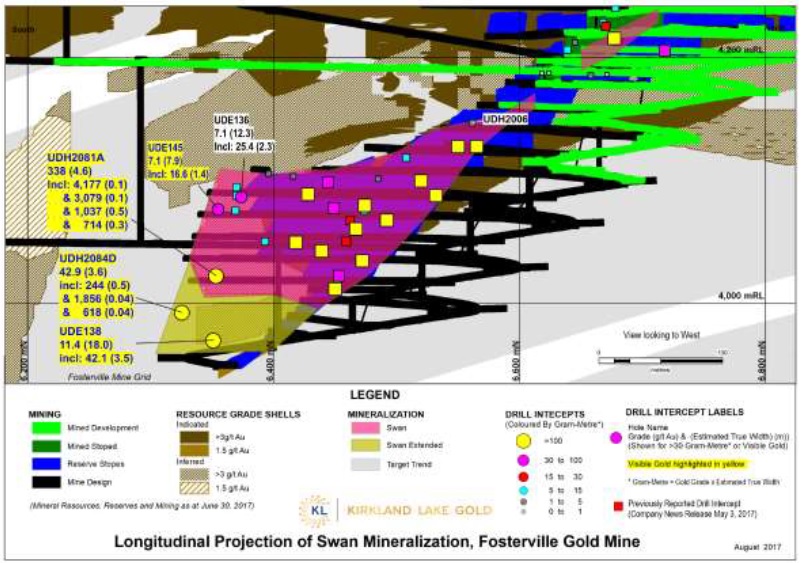
Qualified Persons
Troy Fuller, MAIG, Geology Manager, Fosterville Gold Mine, is a "qualified person" as such term is defined in National Instrument 43-101 and has reviewed and approved the technical information and data included in this News Release.
Drilling and Assay QAQC
Kirkland Lake Gold has in place quality-control systems to ensure best practice in drilling, sampling and analysis of drill core. All diamond drill hole collars (Table 2) are accurately surveyed using a Leica Total Stations instrument and down-hole deviations are measured by electronic multi-shot cameras.
Sampling consisted of NQ2 diamond drill core that was cut longitudinally in half with a diamond saw; one-half of the drill core was sent to an independent laboratory for analysis and the other drill core half retained for reference. Drill core sample intervals vary between 0.3 and 1.2 m in length and were determined from logging of sulphide and visible gold.
Samples containing visible gold or considered likely to contain visible gold were separated from sulphide gold samples and dispatched independently for assaying. At the laboratory "visible gold" jobs were processed through a single pulverizer and material barren of gold was crushed before and after each sample to minimize the potential for gold to contaminate successive samples. Sample pulps are returned from the assay laboratory for future reference.
Assay results (Table 1) are based on 25-gram charge fire assays. Mean grades are calculated using a variable lower grade cut-off (generally 2 g/t Au) and maximum 2 m internal dilution. No upper gold grade cut is applied to the data. However, during future Mineral Resource studies the requirement for assay top cutting will be assessed.
Drill samples were assayed at On Site Laboratories, an independent laboratory in Bendigo, Victoria. The facility is registered ISO 9001:2008 (CERT-C33510).
About Kirkland Lake Gold Ltd.
Kirkland Lake Gold Ltd. is a mid-tier gold producer with 2017 target production of 570,000 to 590,000 ounces from mines in Canada and Australia. The production profile of the company is anchored from two high-grade, low-cost operations, including the Macassa Mine located in northeastern Ontario and the Fosterville Mine located in the state of Victoria, Australia. Kirkland Lake Gold's solid base of quality assets is complemented by district scale exploration potential, supported by a strong financial position with extensive management and operational expertise.


